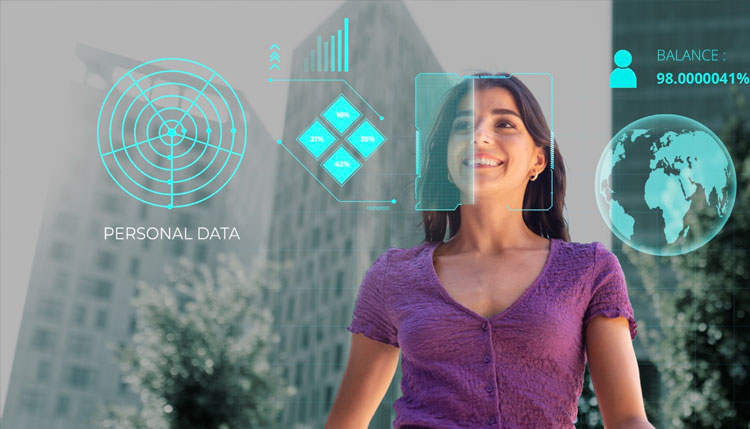
Role of biometrics in IoT
In today’s digital era, almost every device has the eagerness to not only connect to the internet and harness its benefits but also to connect with its fellow devices. The large number of IoT devices that need to interact between smart devices and consumers poses a security challenge in the IoT environment. Before we delve into the possible solutions to this problem, let us first look into what are IoT devices and why they need security protection.
The Internet of Things (IoT) refers to devices like computers, personal digital assistants, smartphones, smartwatches, etc. that collaborate for our convenience. IoT are used in several fields including agriculture, healthcare, industry, smart cities, smart homes, etc. Inspite of the multitude of benefits that IoT offer, they possess security challenges due to their limited computing capacity and low power constraints.
The IoT devices are interconnected and hence invite attacks from adversaries. Security is the major concern and it is very different from the usual hackings or data breaches. Hacking of power grids, healthcare systems or even the home appliances sounds like a nightmare. Different brands develop different products and hence the cybersecurity capabilities also differ. Thus, businesses are considering biometrics as an efficient means to keep IoT secure and protected.
Biometrics uses an individual’s physical and behavioural features like fingerprints, voice recognition, iris pattern, vein pattern, etc. to recognise them and hence allow them access to a specific device or technology.
What is the role of biometrics in IoT?
Biometric markers are permanent, difficult to replicate by hackers and hence a better way to safeguard data as compared to passwords, RFID badges or keys. Additionally, they are more convenient for the users.
Say for example, devices like Alexa or Google Home which use voice recognition as a means of receiving commands and accessing multiuser profiles. Fingerprint recognition is widely used in smartphones and their use by law enforcement agencies is now increasing rapidly for the security of IoT connected devices. Face recognition also poses a good possibility to keep IoT secured if used ethically.
Behavioral tracking can be used as a potential biometric measure if systems that for example, can track someone’s typing habits, are developed. Now-a-days in the medical sector, Internet of Medical Things (IoMT) are being used by doctors to track patient’s health condition through certain wearables, without being in the same physical space as the patient.
A forecast says that IoT market will have an installed base of 75.4 billion devices by 2025. The devices then will be equipped in such a way to sense our needs and react accordingly. This comes at a price. Biometrics will replace traditional security systems and continue to play data security role in IoT with seamless authentication.
For more information, please visit www.trueid.in.











